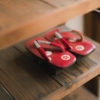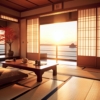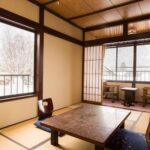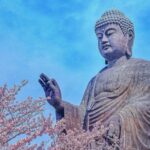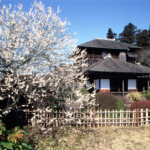What to Expect: Understanding the Manners of Japan’s Traditional Ryokans
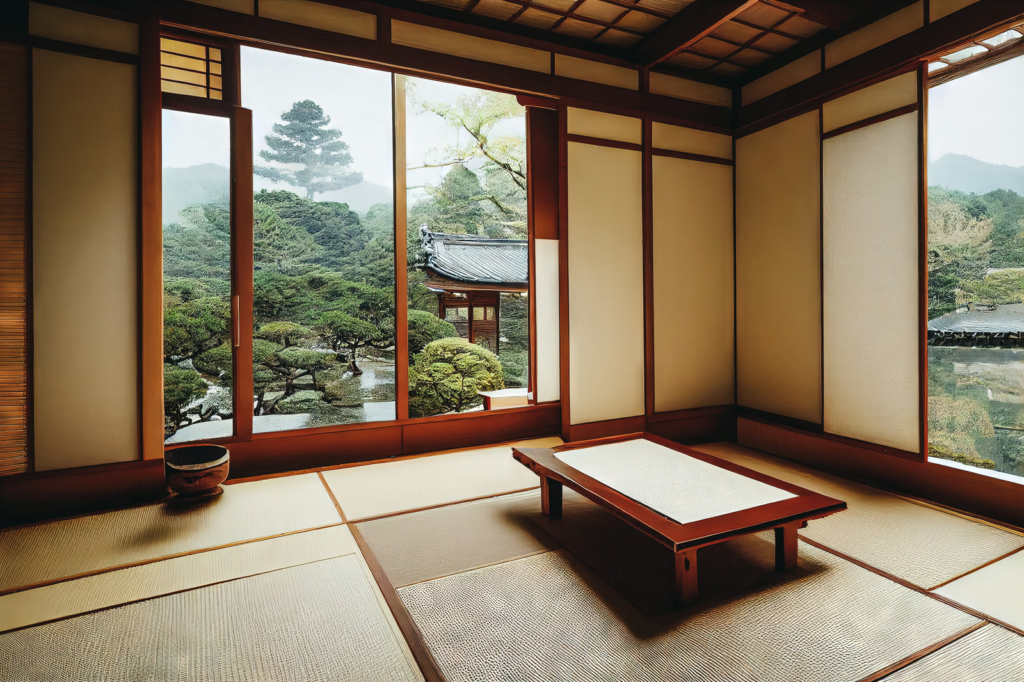
Embarking on your first trip to Japan, and immersing yourself in your inaugural ryokan (旅館: traditional Japanese inn) experience, presents a delightful opportunity to connect with a unique culture and tradition. An abundance of charming new experiences await you. When in Japan, it would be a missed opportunity not to delve into its traditional lifestyle. The pleasure of soaking in hot springs (温泉: onsen), savouring delectable local cuisine, relaxing on tatami mats (畳) …
These are only some of the enchanting experiences on offer at a ryokan. But they also provide moments where we can show respect and follow proper etiquette. The correct way to wear a yukata (浴衣: casual kimono), observing rules about where to remove and wear shoes, manners in the communal bath, and etiquette at the dining table for breakfast and dinner… Even if you are a foreigner, it’s beneficial to know these basic Japanese customs. They may seem challenging at first. However, by understanding these, your stay at a Japanese ryokan will be more comfortable, your understanding of Japanese culture will deepen, and your journey will be greatly enriched.
What should you expect upon arrival at a ryokan?
First off, let’s check-in.
(Of course, you have made a reservation in advance)
Check-in times at Japanese ryokans can vary by establishment, but it is generally around 3 PM. It is desirable to check-in at the time designated by your ryokan. However, should you arrive late, be sure to inform the ryokan.
Also, check-out time is generally between 10 AM and 11 AM. Some facilities offer “early check-in" and “late check-out" services for an additional fee.
At larger ryokans, there might be a bantou (番頭: clerk) or an okami (おかみ: landlady) at the entrance to welcome you.
Bantou – oversees front desk operations and the management of the ryokan. Not only do they interact with guests, but they also supervise staff and manage the establishment as a whole.
Okami – refers to the landlady of a ryokan, a role primarily undertaken by women. The okami can be considered the face of the ryokan, offering guest services, even supervising the cuisine, and ensuring guest safety and comfort.
The first thing to check at the entrance to the building is whether the interior of the inn is slightly elevated. If it is elevated, it is common practice to remove one’s shoes before that step.
At the entrance of a Japanese house, there is an area called genkan (玄関). We take off our shoes there and then go up one step higher inside the house (i.e., enter the house). This is part of the Japanese custom of not bringing dirt from outside into the house.
There might be slippers placed on this step, or a staff member might offer you some. These slippers are for your use while you’re inside the building.
Next, you’ll head to the front desk to check in. Share your name and booking details, and then follow the given instructions.
Similar to regular hotels, you’ll be asked to fill out paperwork for check-in. You might also be asked to present your passport. You’ll likely receive explanations about the facility, meals, bath area, and so on.
Afterwards, a staff member will guide you to your room. Before you reach your room, the staff might explain where the bathroom, dining area, emergency exits, and other facilities are located. (Of course, there might also be situations where you head to your room without a staff member)
What does a typical Ryokan room look like?

Rooms in a ryokan typically feature a traditional Japanese style, characterized by floors covered with a distinctively Japanese floor material known as tatami(畳). Tatami mats are rectangular and are covered on the surface with woven straw, “igusa(イグサ)," with straw filling on the inside. The surface of a tatami mat is soft and slightly bouncy, making it ideal for sitting, lying down, or spreading out a futon(布団), which is traditional Japanese bedding.
The unique aroma of the igusa straw is known to have a relaxing effect and creates a soothing ambiance. While I personally love this scent, it’s worth noting that some people in Japan find it a bit overpowering.
In the center of the room, you’ll find a low table(zataku: 座卓), and there is an alcove, called “tokonoma (床の間)," adorned with items like hanging scrolls and a vase. In some ryokan rooms, you might also find a vanity and a private open-air bath.
Where is my bed?
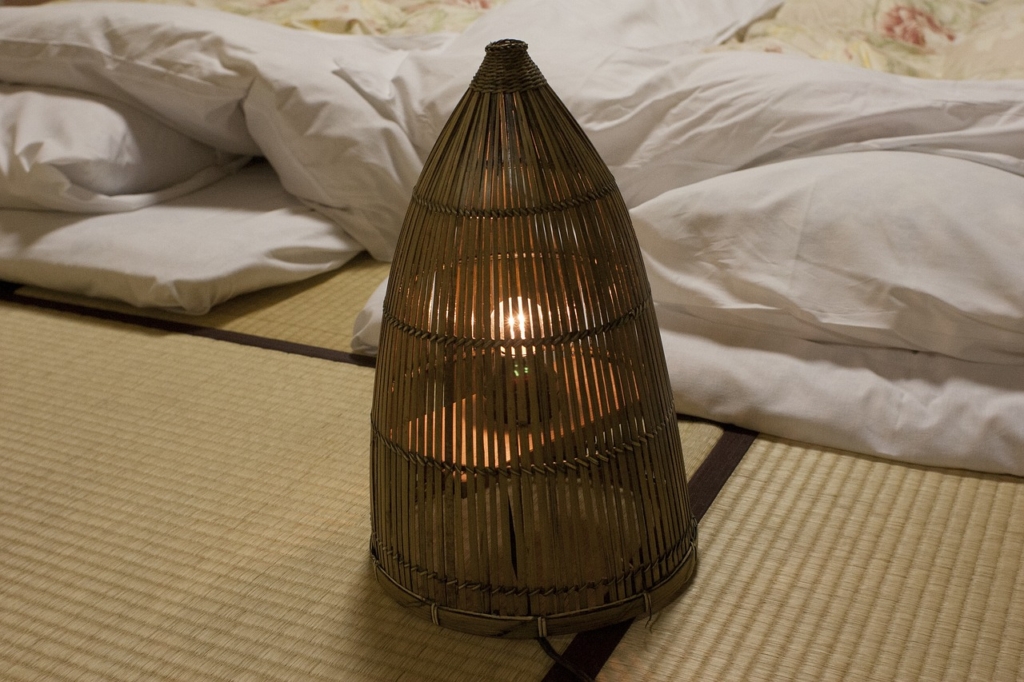
In a ryokan, you’ll be sleeping on a “futon" spread out on tatami mats.
The futon is usually stored in a sliding-door closet known as an “oshiire (押し入れ)." This allows the room to be utilized more spaciously during the day.
In the evening, typically when you’re out of the room for dinner, the ryokan staff will come in to spread out the futon for you. This is part of the ryokan’s dedicated service, ensuring you return to a cozy, ready-made sleeping area after your meal.
A Yukata that You Should Try
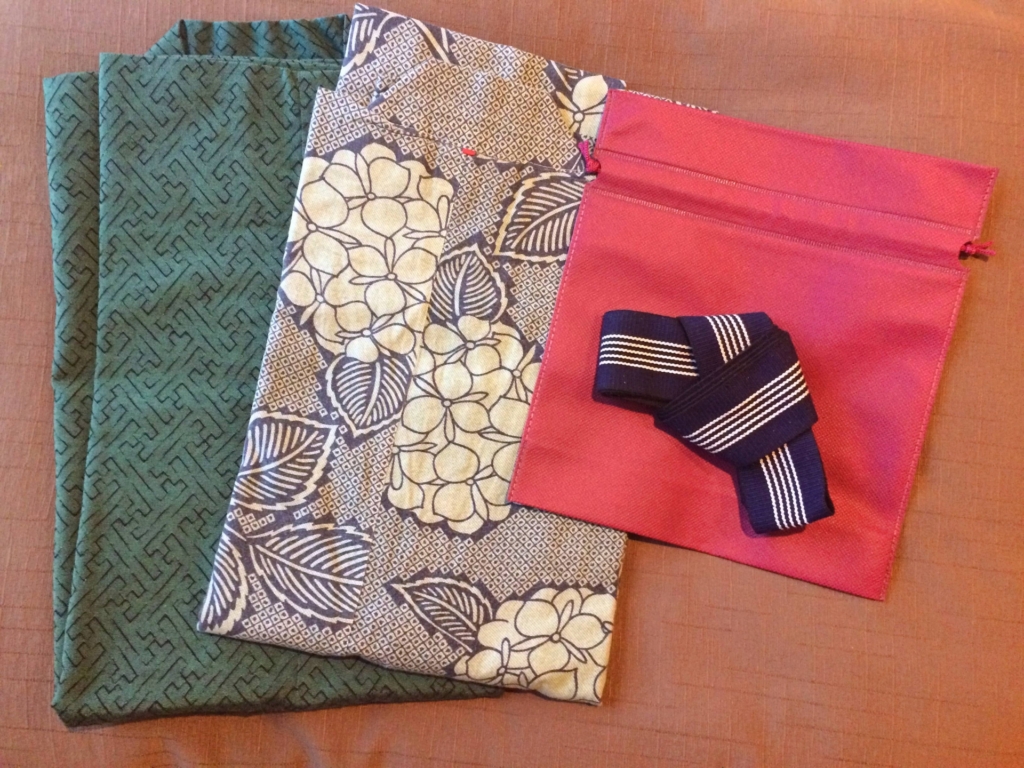
At the ryokan, you will be provided with a yukata.
This is typically prepared for you inside the room’s closet. The yukata serves as relaxation wear, and you can also wear it when going for meals or when visiting the onsen (温泉: hot springs). If you are unsure about how to wear the yukata, or if the size of the provided yukata does not fit, do not hesitate to ask the staff. They will be more than happy to assist you.
See also: The Yukata Experience: Key Points to Remember
What about meals at a Ryokan?
Meals at a ryokan can vary depending on the rate of your stay, but typical dinners and breakfasts are as follows:
Where?: Meals are generally served in a dedicated dining area (shokudou: 食堂) or banquet hall (enkai-jou: 宴会場). However, some ryokans also offer meals in your room, allowing you to enjoy your meals leisurely in a private space.
Dinner Menu: The dinner at a ryokan typically consists of a traditional Japanese course meal, known as “kaiseki(懐石/会席)". This includes a variety of dishes using seasonal ingredients, served on several small plates. You can enjoy a variety of menu items including stewed fish and vegetables, fried and grilled dishes, rice, soup, pickles, etc.
Can I drink alcohol?: Ryokans offer Japanese sake, beer, wine, etc. If you are a sake lover, ask if they have local sake brewed at local breweries (also, check if it is included in the fee). Please remember to drink moderately.
Breakfast: Although some ryokans offer breakfast in your room, it is more common to be served in a dining area or banquet hall, similar to dinner.
Breakfast Menu: Typical Japanese breakfast menu items include rice, miso soup, grilled fish, egg dishes, pickles, etc. In addition, dishes using local ingredients and seasonal vegetables may be served. You can enjoy a healthy and balanced meal.
Larger ryokans and those in urban areas may also offer buffet-style breakfasts. Not only Japanese dishes, but Western and Chinese dishes are also available, offering a wide range of options.
Do I need to give a tip at the ryokan?
Tipping is not customary at Japanese ryokans.
Staff are already compensated, including service charges. A gratuity may be given for special services received, but basically a verbal expression of appreciation is sufficient.
See also: To Tip or Not to Tip at a Ryokan

